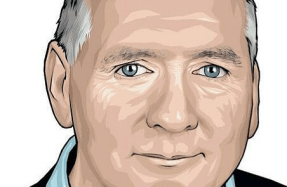THE CHANGING ROLE OF THE TEST DRIVER



The art of engineering a Formula 1 car to improve its performance was traditionally a job carried out by a team’s race drivers. From the countless laps of Ferrari’s proving ground at Modena in the 1950s, to the weeks of running in Rio de Janeiro ahead of the season starting in Brazil in the 1980s, those drivers charged with racing a car would take command of fettling it to their liking.
As technological sophistication developed through the 1990s, teams needed to dedicate more time to perfecting innovative, complex and often temperamental systems, such as active suspension and semi-automatic gearboxes. Consequently the role of the test driver came to prominence. Teams would be on the lookout for up-and-coming talent who could drive consistently, not make mistakes, and offer intelligent feedback.
When Nigel Mansell opted not to partner Alain Prost at Williams for 1993, the team decided to promote test driver Damon Hill into the race squad. He came with a decent
You’re reading a preview, subscribe to read more.
Start your free 30 days

